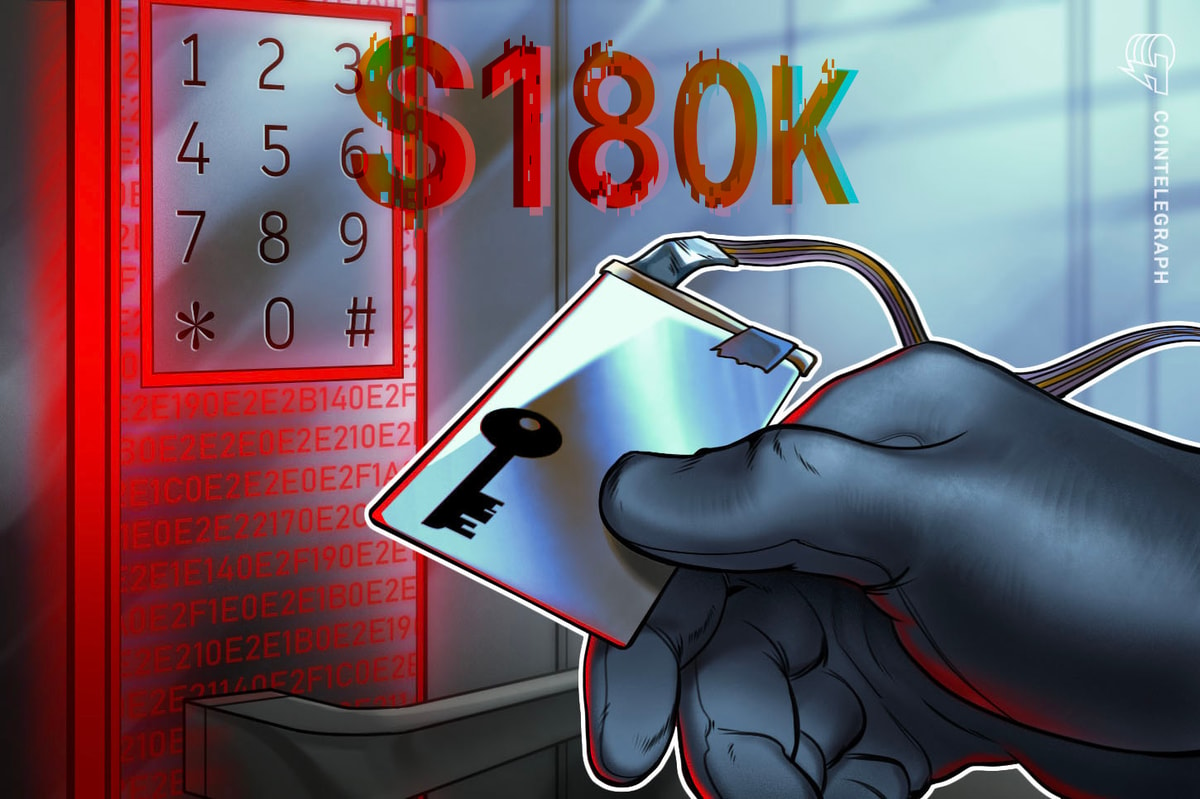Maximal Extractable Value (MEV) Bot Loses $180,000 due to Access Control Vulnerability
A recent incident has highlighted the importance of robust access control in Maximal Extractable Value (MEV) bots. A MEV bot lost approximately $180,000 in Ether after an attacker exploited a vulnerability in its access control systems.
Background on MEV Bots
MEV bots are trading bots that exploit maximal extractable value, which is the maximum profit that can be extracted from block production. These bots observe Ethereum’s pool of pending transactions and look for potential profits by reordering, inserting, or censoring transactions within a block. They can perform front-run, back-run, or sandwich transactions, making them highly controversial as they steal value from regular users during periods of high volatility or congestion.
The Exploit
On April 8, blockchain security firm SlowMist reported that the MEV bot lost 116.7 Ether (ETH) due to a lack of access control. Threat researcher Vladimir Sobolev, also known as Officer’s Notes on X, stated that the attacker exploited a vulnerability in the bot, causing it to swap its ETH to a dummy token. Sobolev explained that this was done through a malicious pool created by the attacker within the same transaction.
Prevention and Response
Sobolev emphasized that this vulnerability could have been prevented if the MEV owner had implemented stricter access controls. The MEV owner proposed a bounty to the attacker just 25 minutes into the exploit and deployed a new MEV bot with stricter access control validation.
Comparison to a Similar Incident in 2023
Sobolev compared this exploit to a similar incident in 2023, where MEV bots lost $25 million after being exploited. On April 23, 2023, bots performing sandwich trades lost their crypto to a rogue validator.
Rise in Fake MEV Bot Guides
There has been a rise in fraudulent MEV bot tutorials online, offering ways to earn money using MEV bots and publishing fake installation instructions. These tutorials often allow hackers to steal users’ money. Sobolev urged users to check their resources and ensure they are not falling prey to scammers.
Consequences of Using MEV Bots
MEV bots are highly controversial as they steal value from regular users during periods of high volatility or congestion. Despite this, many continue to use them. However, beginners looking to profit from these bots can fall into a different trap crafted by scammers.
Conclusion
The recent incident highlights the importance of robust access control in MEV bots. MEV bots are highly controversial and can be exploited by attackers. It is crucial for MEV owners to implement stricter access controls to prevent such vulnerabilities. Additionally, users should be cautious of fake MEV bot guides and ensure they are not falling prey to scammers.
FAQs
- What is Maximal Extractable Value (MEV)?
Maximal Extractable Value (MEV) is the maximum profit that can be extracted from block production. - How do MEV bots work?
MEV bots observe Ethereum’s pool of pending transactions and look for potential profits by reordering, inserting, or censoring transactions within a block. - What is a front-run, back-run, or sandwich transaction?
Front-run, back-run, or sandwich transactions are types of transactions performed by MEV bots to exploit maximal extractable value. - What is the significance of access control in MEV bots?
Access control is crucial in MEV bots to prevent vulnerabilities and potential exploits. - What is the consequence of using MEV bots?
MEV bots can steal value from regular users during periods of high volatility or congestion. - What is the risk of fake MEV bot guides?
Fake MEV bot guides can allow hackers to steal users’ money by publishing fake installation instructions.








